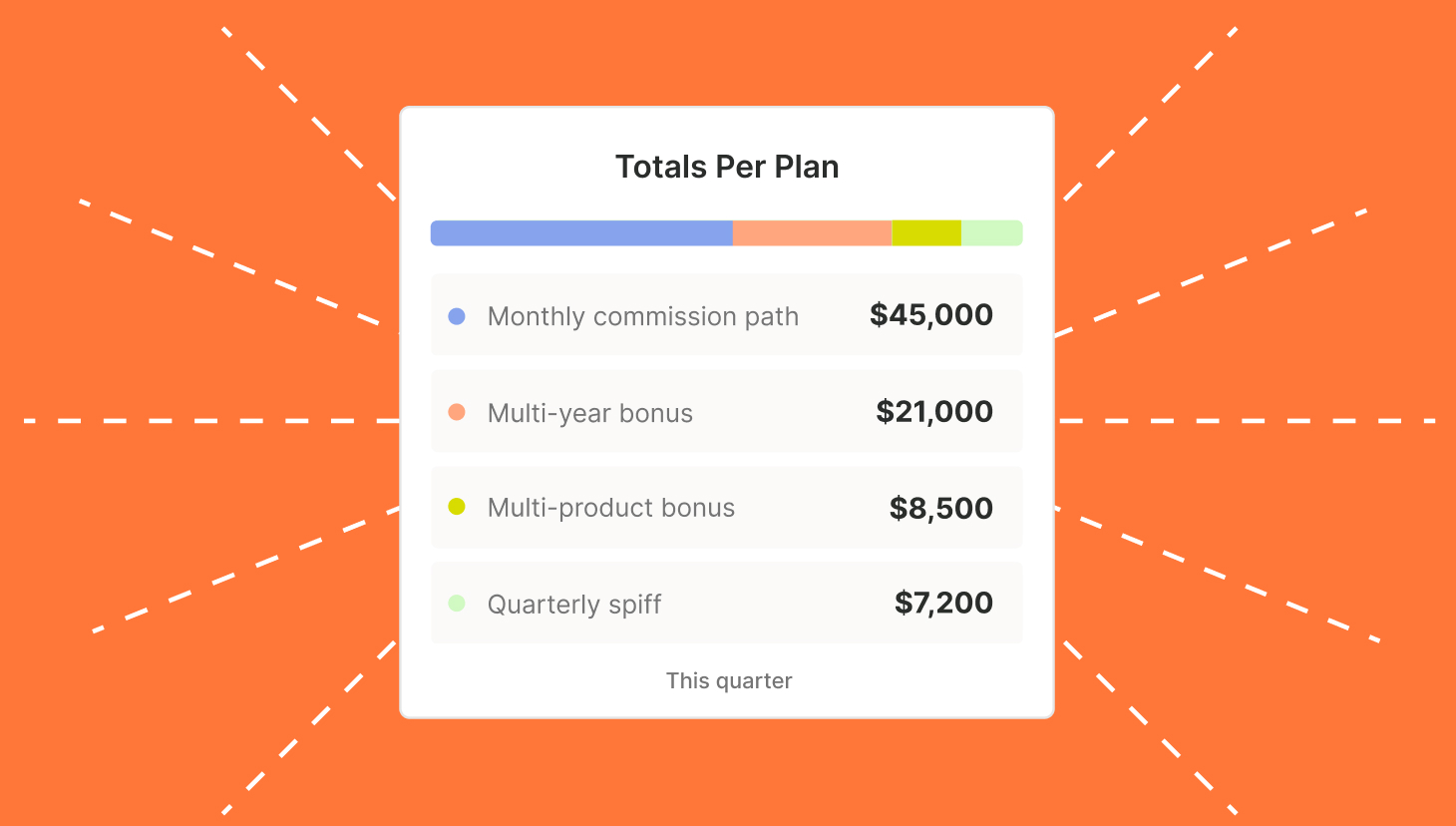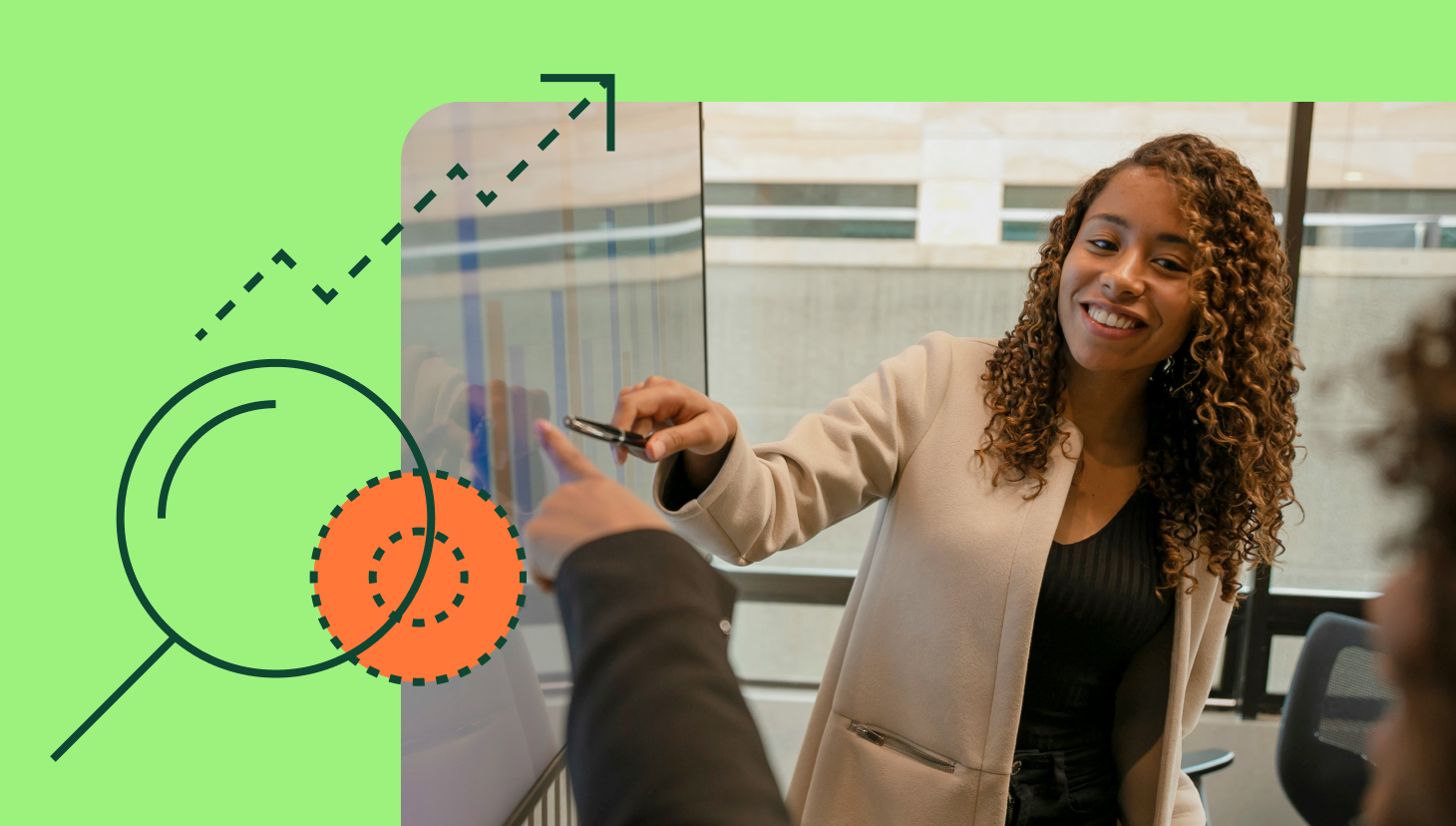Although customer success managers (CSMs) have always held a critical role in retaining customers, they have taken on a new level of relevance and responsibility in today’s market.
CSMs once primarily focused on successfully implementing a company’s product or service. However, this past year, CSMs have been increasingly held accountable for customer retention and driving net revenue retention (NRR).
This shift is due to several factors, including:
- The newfound importance of customer retention: In today’s competitive landscape, acquiring new customers is more expensive than retaining existing ones. As a result, companies are focusing more on customer retention and success.
- Changes in the tech market: Companies’ valuation is now also tied directly to the company’s ability to prove profitability, often linked to retention and customer lifetime value.
- The growing complexity of B2B products and services: B2B products and services are becoming increasingly complex, and customers need more help getting the most out of them. CSMs can play a vital role in helping customers achieve their desired outcomes.
- The rise of subscription-based businesses: Subscription-based businesses rely on recurring revenue from existing customers. CSMs can help subscription-based businesses by increasing customer satisfaction and reducing churn.
As these shifts have unfolded, leaders have had to re-think how to compensate and coach them to drive maximum results.
Read on to create a compensation plan that is fair, motivating, and aligned with the changing role of the CSM.
First, what is customer success?
Customer success is a business process that helps customers achieve their desired outcomes with a company’s product or service. It is a customer-centric approach focusing on building long-term relationships and ensuring customer satisfaction.
It’s an especially important function, the MVP of an organization even, as it can help businesses:
- Increase customer retention and lifetime value
- Reduce customer churn
- Generate upsell and cross-sell opportunities
- Improve brand reputation
- Gain competitive advantage
What does a customer success manager do?
Customer success managers are responsible for various tasks, including:
Onboarding and adoption | Helping new customers get up and running with the product or service and achieve their first wins. |
Usage and engagement | Monitoring customer usage and engagement and providing proactive support and guidance. |
Retention and growth | Helping customers expand their product or service use and achieve their business goals. |
Advocacy | Partnering with customers to become advocates for the product or service and share their positive experiences with others. |
How the role has evolved
In previous years, many looked upon the CSM role as an order taker, focused on running successful onboarding, building adoption, and addressing technical difficulties.
That’s far from the case today.
Now, we are seeing CSMs more involved in the sales process to help develop and deliver presentations and demos before taking over for onboarding.
“We’re going to see companies train and compensate CS teams like Sales teams,” said Pavilion VP of Growth Laura “LG” Guerra. “We’re already seeing CSMs go through discovery and negotiation training.” (Watch the full webinar here on adjusting your sales motion.)
We’re also seeing CS teams take a more strategic role in growing customer retention by developing and implementing long-term success plans with their accounts while monitoring usage and engagement data to identify high-risk customers.
Some organizations have introduced CSMs into product development to gather customer feedback and identify new features and functionality that would be valuable to customers.
Additionally, as companies pivot toward upsells and retention (and away from new biz), CSMs have increased their focus by partnering with marketing to create case studies, testimonials, and referrals.
How much does a customer success manager make?
The average salary for a Customer Success Manager in the United States is $119,034 as of September 25, 2023. The range typically falls between $100,592 and $142,064.
This number will depend on experience, location, industry, and company size. Keep in mind, that SaaS CSMs usually earn about 20-30% in commissions and bonuses for exceeding their retention or implementation goals. The pay mix between variable and base will depend on the industry and the company’s size.
(These numbers are based on data from Salary.com, Glassdoor, Indeed, Built In, and Comparably.)
How to structure CS comp plans
As the role has changed, how organizations pay their CS teams has had to change, too.
LG, for instance, rolled out a SPIF (yes, a SPIF, typically reserved for your sales org.) to her CS team last spring.
This involved a single-rate bonus of $100 for every time a CSM booked a meeting with a C-Suite executive, under the theory that the sooner they involved top leadership in the onboarding process, the more likely the account was to renew. They kept the SPIF in effect for a month and will use the results to inform CS strategy.
Regarding the structure, Nate Sooter, Senior Business Operations Program Manager at Smartsheet, and a former CSM, said that CS comp structures include a good base salary with a 25-30% variable bonus.
RevOps Leader Jeff Ignacio agreed and shared the following in his substack post: The pay mix is generally around 70/30 for the CSM. A $70,000 salary would pair with a $30,000 OTE (on-target earning).
“The bonus should be based on metrics that the CS can actually control,” said Nate.
This includes:
- License allocation (Percentage of licenses purchased are activated)
- Active user (Percentage of users active within X number of days)
- Net dollar retention (This metric falls mostly outside of your CSM’s control, but it should be part of their responsibility.)
Jeff also suggested splitting the CS’s variable pay into various segments, weighted accordingly, to avoid tying the compensation only to retention. If you do that, you’re weighing your CS team’s compensation exclusively to a metric they do not have much control over.
“The weighting of each category can vary depending on need,” Nate said. “But I too often see companies put the entire bonus contingent on net retention (or gross retention) and ignore where CS is most effective: Getting customers implemented & active.”
Tip from Nate: Your metric becomes obsolete if you set the active user %
too high or too low. Determining a reasonable goal for CS is crucial.
He added that focusing CS incentives toward ensuring clients use the software as much as possible is helpful for incentive alignment and tees up your renewal team better.
4 ways to drive usage per Nate
- Identify your power users. Check in regularly with them to ensure they’re running smoothly. These are the folks who will drive a lot of usage for you.
- Follow up to ensure licenses are allocated and encourage admins to swap out unused licenses. “This is key. If licenses aren’t allocated, then you have no shot of getting active users up,” said Nate.
- Run customer trainings, meetings, and workshops to encourage usage and address key use cases the customers have.
- Communicate product improvements regularly (and especially when they relate to their implementation) via quarterly business reviews (QBRs), and consider hosting these more frequently with your larger accounts.
Customer success responsibility scenarios
For different models of CS comp plans, our friends at RevOps Co-op shared the following.
- CS runs renewals & expansions
- Pay mix: 70% base and 30% variable
- Retention goal of 85% gets them a third of their variable pay
- Commissions from expansions are heavily weighted and have big accelerators
- CS responsible for renewals only
- Pay mix: 80% base and 20% variable
- 10% of variable pay is based on a 90% customer retention goal
- Other 10% is earned from commissions on renewals
- Plus a $150 SPIF for every upsell and 1% commission rate on final sale
- CS doesn’t actively sell
- Competitive salary
- Paid a bonus if company hits retention goal
- Earns a $150 SPIF for qualified leads to sales plus 1% on final sale
Support with your CS comp plans
If you’re seeking additional help modeling your customer success comp plans or account managers, check out our blog, How to design an account manager commission plan. The roles, although somewhat defined differently, will overlap.
Our team is always available to discuss your compensation strategy and help you run your sales compensation processes more efficiently. Schedule time to learn more.



